Tour of the museum the only ship of the XVII century
• tour of the museum the only ship of the XVII century
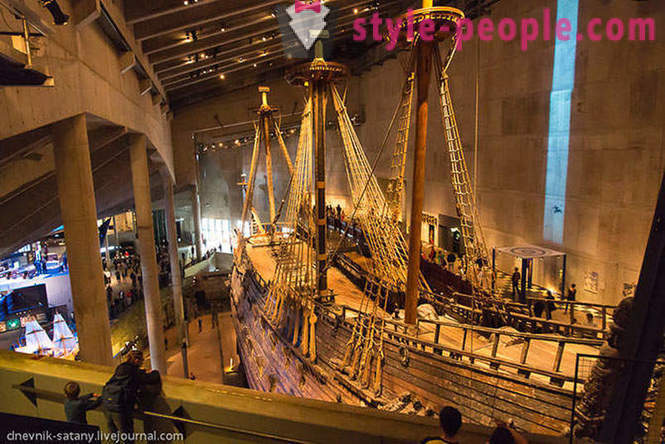
Vasa - the world's only surviving ship of the XVII century. Due to the fact that survived more than 95 percent of the original design elements, as well as hundreds of carved sculptures, Vasa is a unique artistic value and one of the most prominent tourist attractions in the world scale.
August 10, 1628 in Stockholm harbor sailed a large warship. It was newly built Vasa, named after the ruling dynasty. As part of the ceremony he was made a salute from the guns located in the holes on both sides of the ship.
As the ship moved slowly toward the entrance of the harbor, a sudden gust of wind blew. Vasa bent, but then again straightened. The second impulse blocked the ship on its side. Through the open holes for guns gushing water. Vasa sank to the bottom and became a grave for at least 30, and possibly also from 50 to 150 team members. Only 333 years after Vasa again saw the light of day.
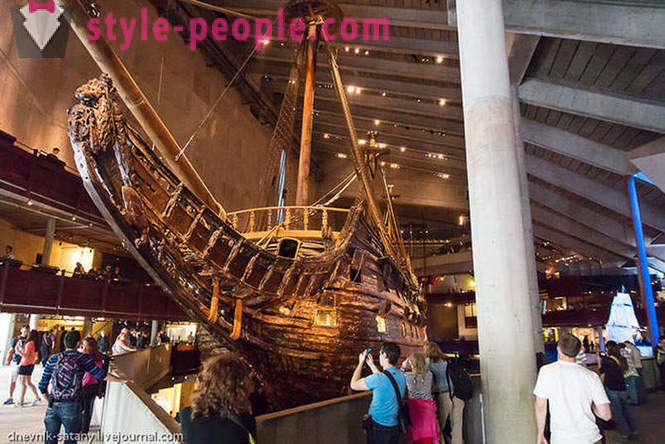
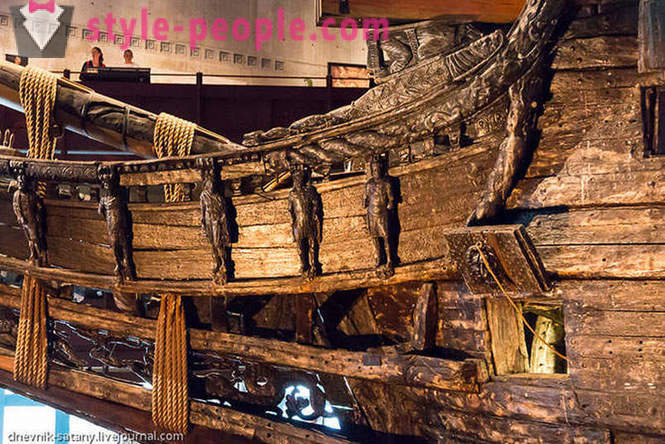

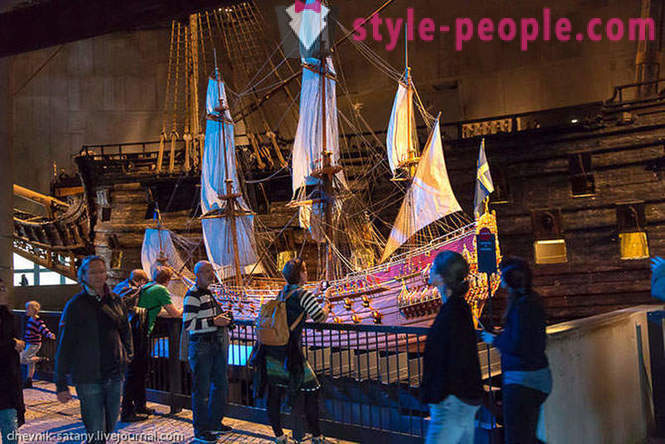
After several years of preparatory work Vasa was raised from the seabed 24 April 1961
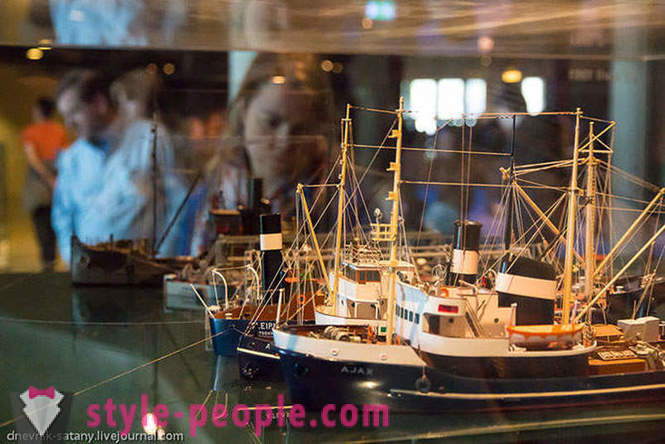


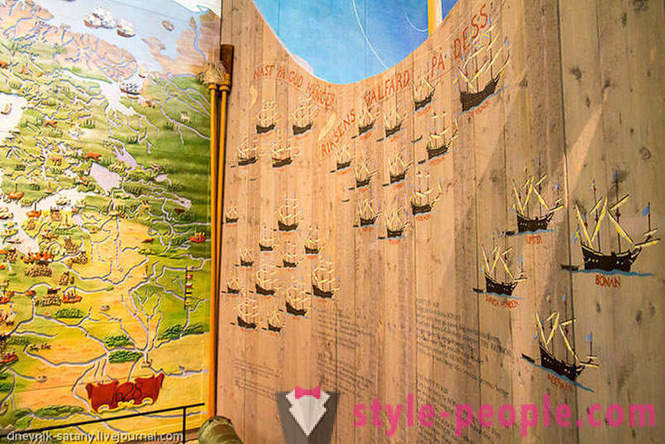
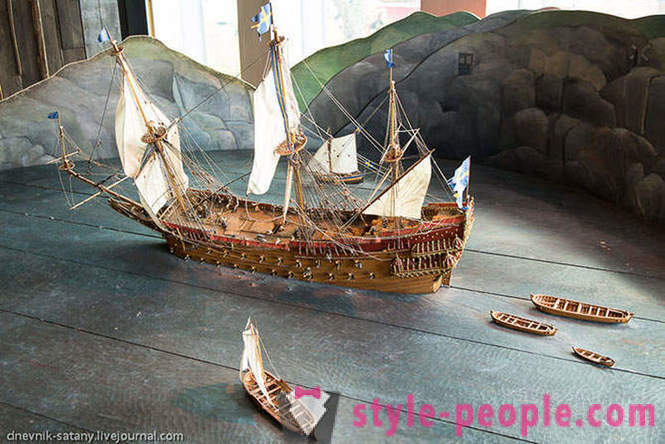
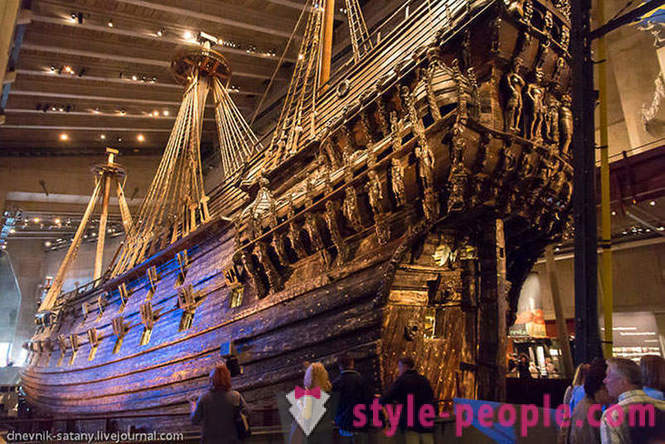
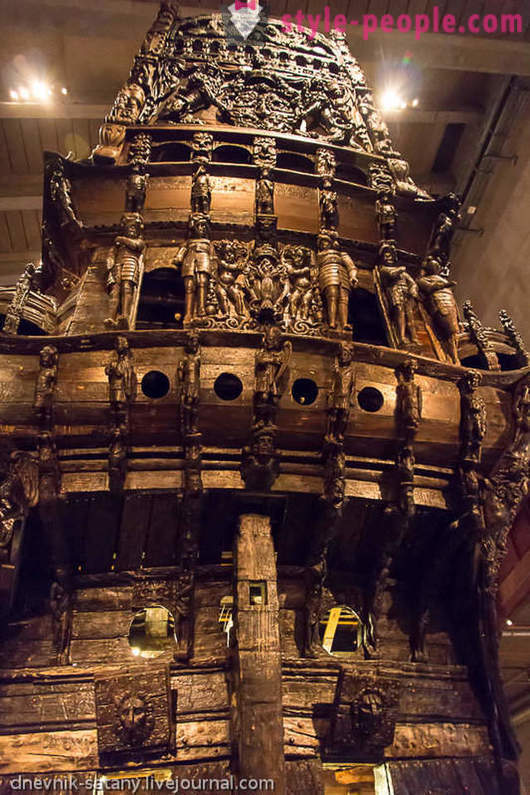
together with Vasa was raised on the surface of 14 000 wooden objects, including 700 sculptures. Their preservation was carried out on an individual basis; Then they took their original places on the ship. Warships of the seventeenth century were not only military vehicles, they were floating palaces. Saved by the sculpture had traces of paint and gilding. Modern analysis shows that they were painted in very bright colors on a red background. Sculptures depicting lions of Biblical heroes, Roman emperors, sea creatures, Greek gods and much more. Their purpose was the glorification of the Swedish monarch as well as the expression of his power, culture, and political ambitions.


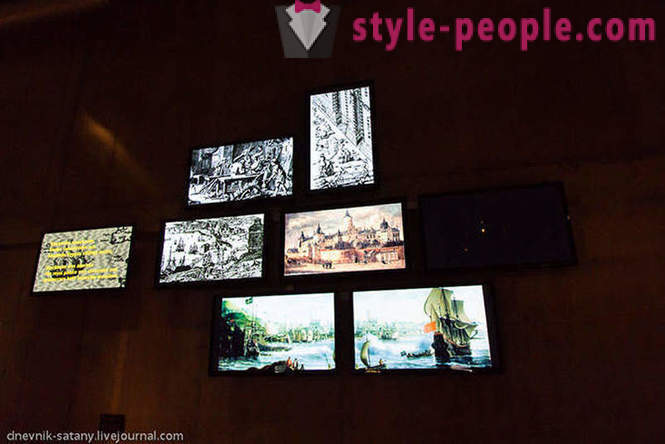
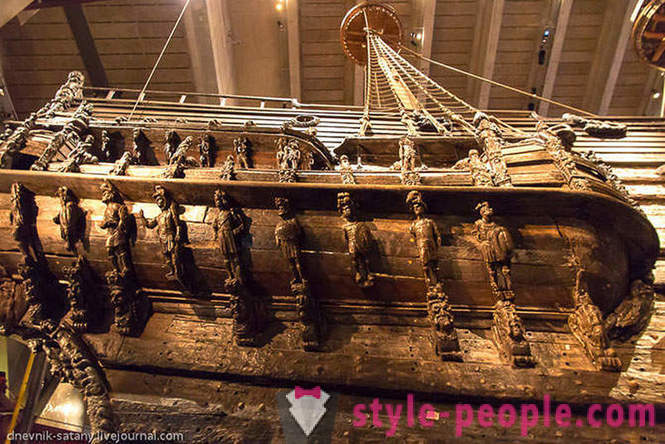
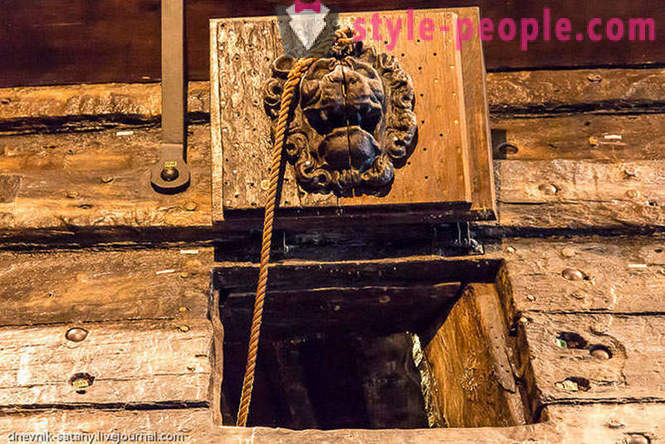
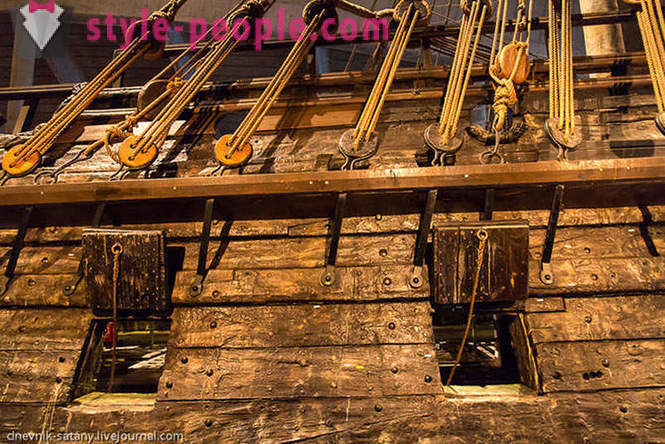

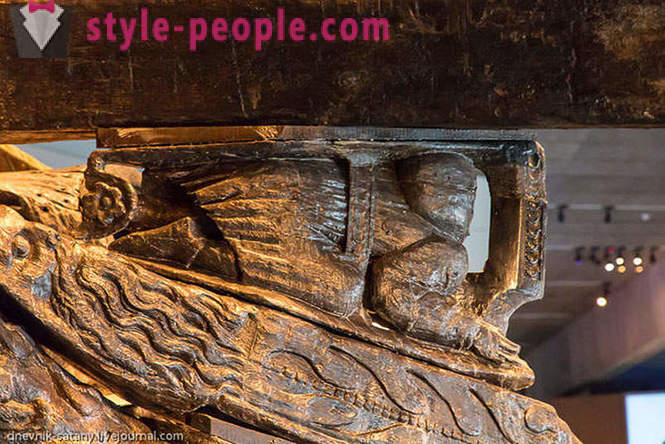


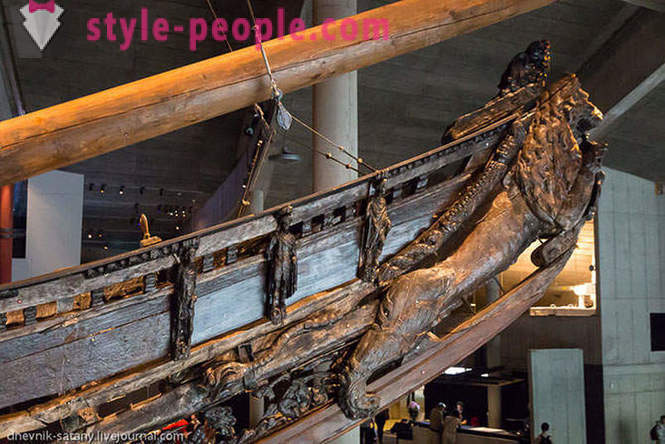
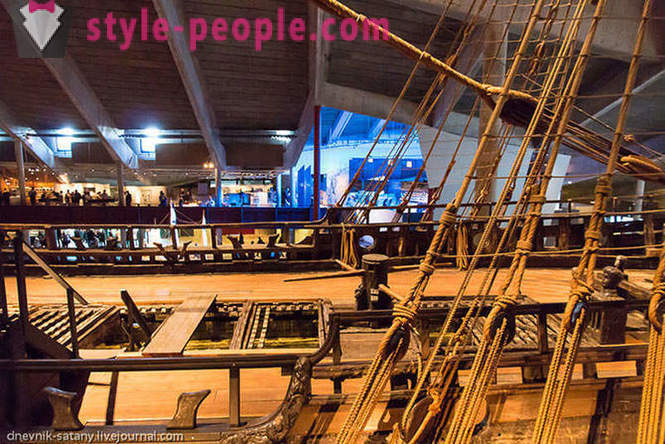






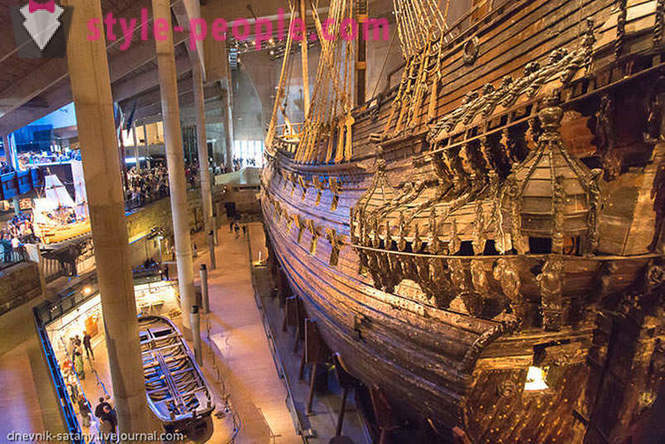
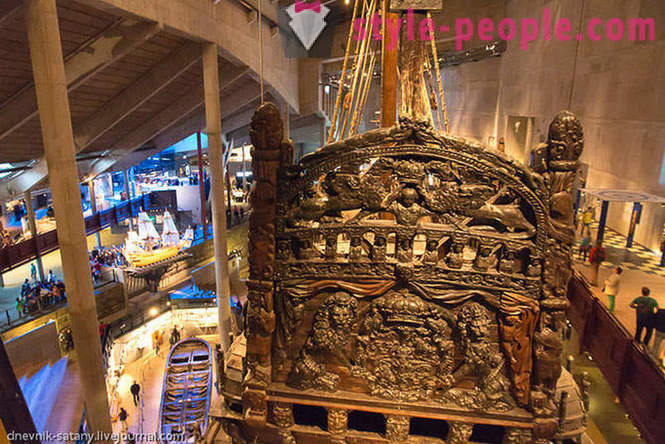
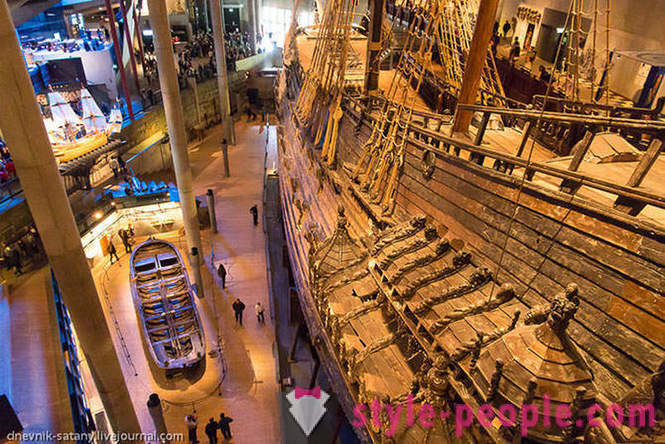
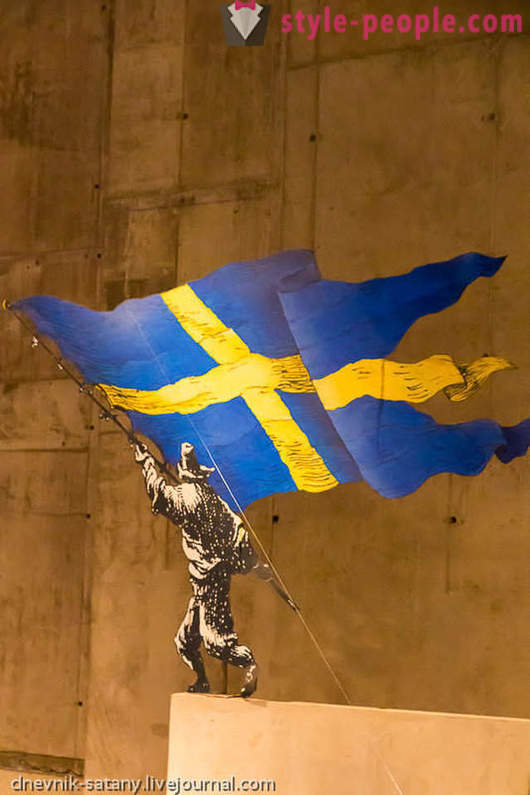


The ship on display in a specially built museum in Stockholm, which also presented nine exhibits, relate to it, shop with a wide selection of goods and a restaurant. It demonstrates the film about the Vasa sixteen languages. Vasa museum is visited by more visitors than any other museum in Scandinavia. Stockholm is worth a visit even for sheer Vasa.
In preparing this post were used materials from the official site of the museum. There is also a great audio guide, which describe in detail about the construction of the ship, his death and a second life as a museum.
That is all. See you live!













































